Use in Formula and select the name you want to useIn our example, Excel gives the table name as Table2 We can change this name according to the data so that we can use it further Go to the Table Names field in the Design window Write the name of the table In our example, we are giving the table name as Emp_Data Refer to the below screenshot Excel functions, formula, chartsFIND(,CELL(filename, A1 )) 1 The number of characters to extract is hardcoded as 255 In the Excel UI, you can't name a worksheet longer than 31 characters, but the file format itself permits worksheet names up to 255 characters, so this ensures the entire name is retrieved
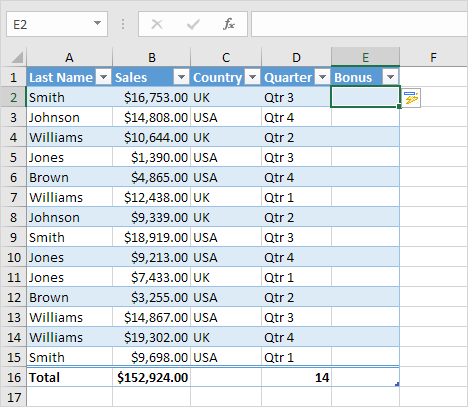
Structured References In Excel Tables In Easy Steps
Excel formula for table name
Excel formula for table name-Start typing a formula as usual, beginning with the equality sign (=) When it comes to the first reference, select the corresponding cell or range of cells in your table Excel will pick up the column name (s) and create an appropriate structured reference for you automatically Type the closing parenthesis and press EnterThis can be done in the Excel Options Window Here are the instructions to turn Structured References (Table Formulas) Off Click File >
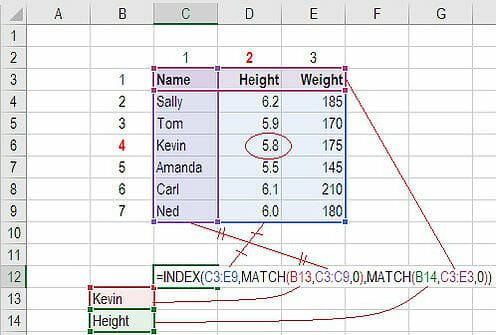



Advanced Excel Formulas 10 Formulas You Must Know
Vlookup Names (Table of Contents) Vlookup Names;Amount)) Which returns the SUM of Amounts for three tables named West, Central, and EastIn this article, we are going to explore how to reference a specific Excel Table object from a dropdown list inside a VLOOKUP formulaI the below GIF, you can see the user is selecting a Revenue Type from a dropdown list and then can proceed to lookup a corresponding name from that particular table to yield a sales amount
Reference Excel Table column;Go to Formula Tab Locate the Defined Names section, and click Define Names This will open the Name Manger Click on New Type the Name Select the Scope (workbook or sheet) Write a comment if you want In Refers to box write the reference or select a range using the mouse Hit OKNames in Excel In Excel, you can create names that refer to cells, or to a constant value, or a formula After you create Excel names, you can use them in formulas, or quickly go to a named range There are rules for Excel Names, and here's what Microsoft says is allowed It seems clear, but a few of the rules aren't as ironclad as they look
Table names can be used in formulas In Figure 3 I have created a VLOOKUP formula in cell H2 demonstrating the use of the table name Column I displays the formulas in column H The table name tblData acts like a fixed reference and won't change as the formula is copied across or downReference Excel Table rowDynamic Reference of Table Name with Range We will input the cities into Cell A11 to Cell A13 and place the range of the sales in Cell B11 to Cell B13 as shown in figure 3 Figure 3 Assigning selected range to each table name Syntax =function(INDIRECT(ref_text) Formula =SUM(INDIRECT(B11) Using the SUM and INDIRECT function




How To Assign A Name To A Range Of Cells In Excel
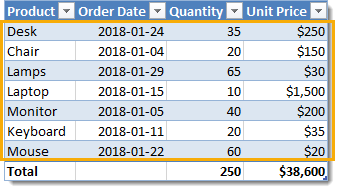



Everything You Need To Know About Excel Tables How To Excel
Download the Excel File Below is an Excel file that has a couple of the same tables you see in the video More importantly, it contains the macro I wrote that renames all of your tables to have the same prefixFeel free to copy the macro to your own Personal Macro Workbook Table Naming Best Practicesxlsm (235 KB) Benefits of Prefixing Table NamesAnother downside with the INDIRECT function apart from being volatile is that the Excel Table name is hardcoded into the formula The formula will stop working if you change the Excel Table name Table of Contents Reference Excel Table headers Reference an Excel Table using a named range;Messages 236 #2 The pivot table name is useful in VBA, I don't know a way to reference a pivot name in a formula Besides, formulas like VLOOKUP or SUMIF are problematic for all but the simplest pivots since not all row cells are filled in You can usually have these formulas reference the original data instead of
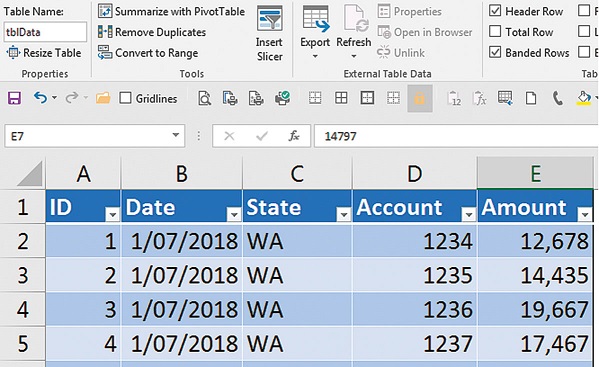



Understanding Excel S Misunderstood Format As Table Icon Intheblack
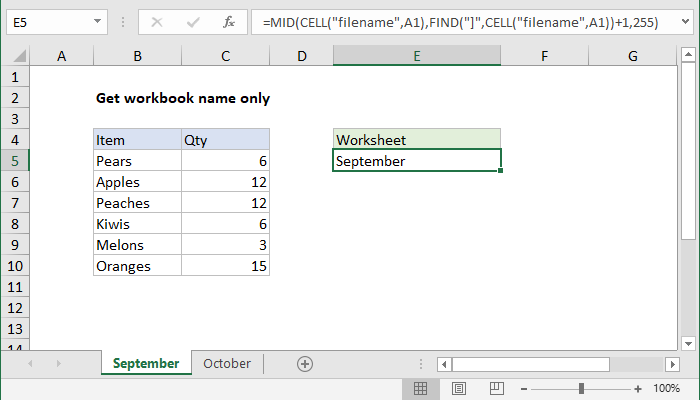



Excel Formula Get Sheet Name Only Exceljet
How to Use Vlookup Names?Your view may differ slightly if you have a different version of Excel, but the functionality is the same (unless otherwise noted) To rename a table Click on the table Go to Table Tools >Sets Under this, select Calculated Field Step 2 In the below dialog box, give a name to your new calculated field Step 3 In the Formula section, apply the formula to
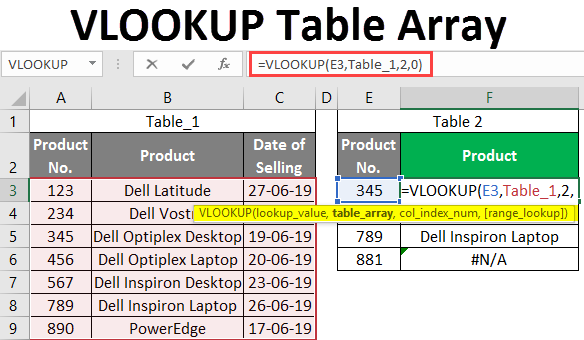



Vlookup Table Array How To Use Table Array In Excel With Examples




Use Vlookup From Two Or More Lookup Tables
Excel uses table and column names =Sum (C2C7) =SUM (DeptSales Sales Amount) That combination of table and column names is called a structured reference The names in structured references adjust whenever you add or remove data from the tableDefined names group and click the Define name button, or press Ctrl F3 and click New In the New Name dialog, type any name you want (remember that spaces are not allowed in Excel names), and check if the correct range is displayed inCount Names in Excel (Table of Contents) Overview of Count Names in Excel;
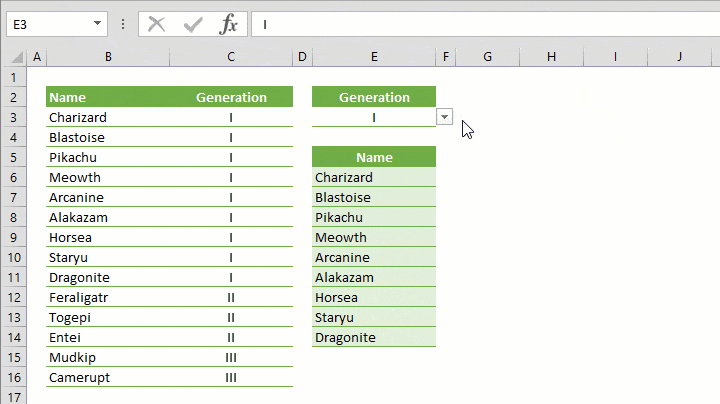



How To Filter By Using A Formula In Excel




Excel Formulas To Get Column Name From Index In Table
Indeed, you can even use only the column name if the formula is next to the table (without any empty columns in between), as Excel will automatically expand the table (so as you rightly said, the formula will then be inside the table) But the C1 name itself was a bit confusing, but probably it makes sense for your table –Type "Befor" in the 'Name' Section In 'Refers to' section write address of cell in left For example if you are in cell B1 then write "=" in 'Refers to' section Make sure that it does not have a $ sign Now wherever you will write the "Befor" in formula, it will refer to cell left to itSelect the cell where you want to see the table name or pivot table name Type an equal sign and the UDF name, followed by an opening bracket =getObjName ( Then, click on a cell in the table or pivot table, to refer to that cell To complete the formula, press Enter Excel will automatically add the closing bracket, and the formula displays
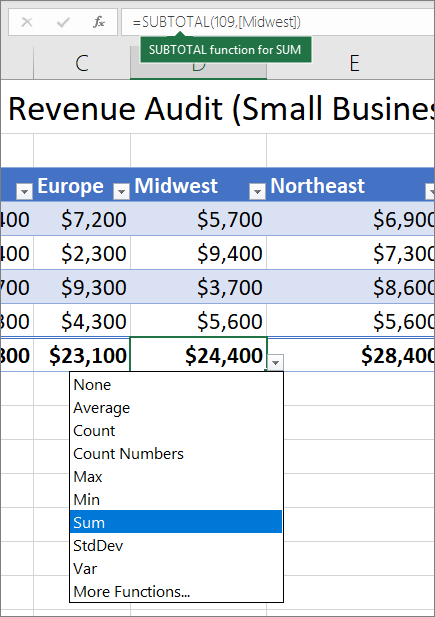



Overview Of Excel Tables
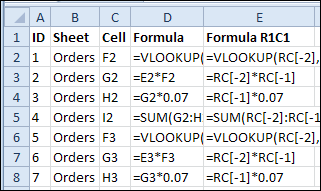



List All Pivot Table Formulas Contextures Blog
To list worksheets in an Excel workbook, you can use a 2step approach (1) define a named range called sheetnames with an old macro command and (2) use the INDEX function to retrieve sheet names using the named range In the example shown, the formula in B5 is Note I ran into this formula on the MrExcel message board in a post by T ValkoTogether with the formula in cell B12, Excel now knows that it should replace cell C4 with 60% to calculate the total profit, replace cell C4 with 70% to calculate the total profit, etc Note this is a one variable data table so we leave the Row input cell blank 7 Click OK ResultWhen you are working with data tables in Excel, the cell references look a bit different than the usual A1 letternumber combination for columnrows This is because each row of the table acts like it is in its own 1row spreadsheet That means that the references only need to refer to the table name and the column The row is assumed to be itself
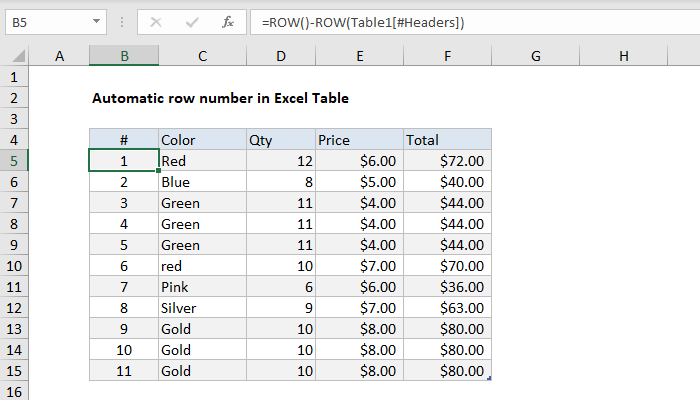



Excel Formula Automatic Row Numbers In Table Exceljet
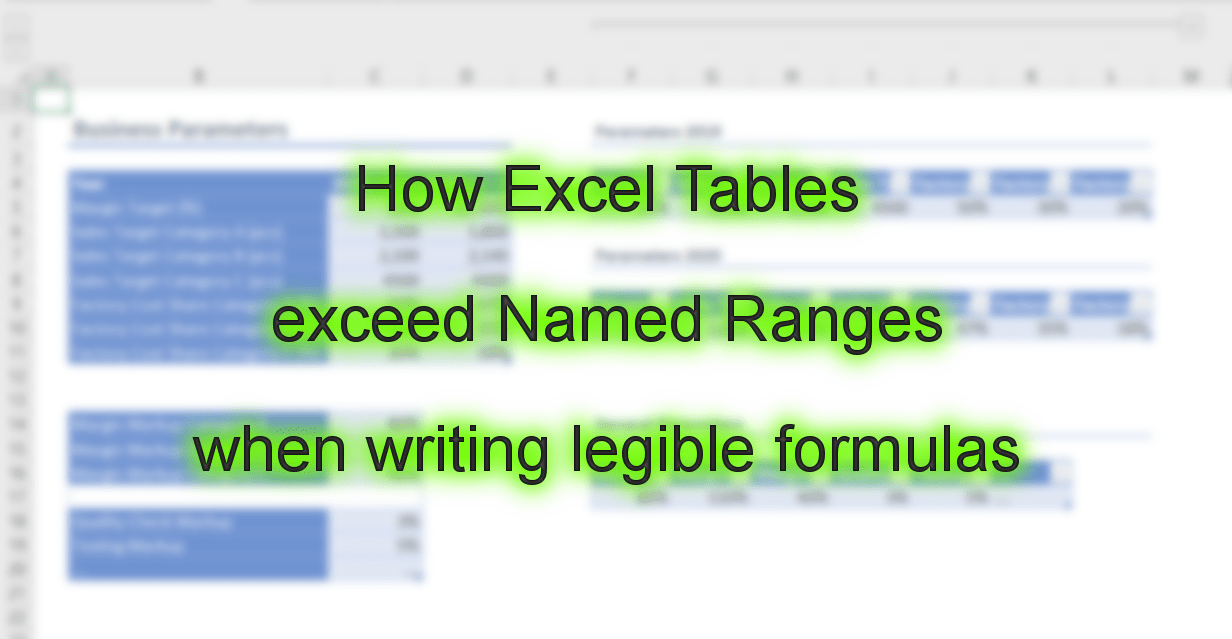



How Excel Tables Exceed Named Ranges When Writing Legible Formulas
Define Names group, click Use in Formulas, and then click Paste Names Or, simply press the F3 key In the Paste Names dialog box, click Paste List This will insert all Excel names along with their references in the current worksheet, beginning inTo get the name of a column in an Excel Table from its numeric index, you can use the INDEX function with a structured reference In the example shown, the formula in I4 is = INDEX( Table1 #Headers , H5) When the formula is copied down, it returns an name for each column, based on index values in column HAnswer (1 of 6) It means "in this row only" in a structured reference =@Height*@Width Means "Multiply only the contents of the cells in the columns called Height and Width that are in the same row as the cell holding this formula" Structured references are typically only seen in Tables
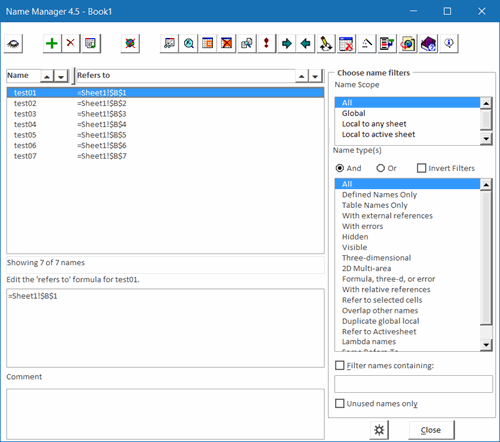



Excel Name Manager




Return Sheet Name Into A Cell Excel Formula Youtube
How to Count Names in Excel?1 Formulas In Excel, a formula is an expression that operates on values in a range of cells or a cell For example, =A1A3, which finds the sum of the range of values from cell A1 to cell A3 2 Functions Functions are predefined formulas in Excel They eliminate laborious manual entry of formulas while giving them humanfriendly namesInstead of @Factor, you'll need to write tblSeason @ factor Factor In this notation, you start with the table name Excel will automatically correct this if you should forget the table name Just open a square bracket and use the @ sign for the row reference (context)
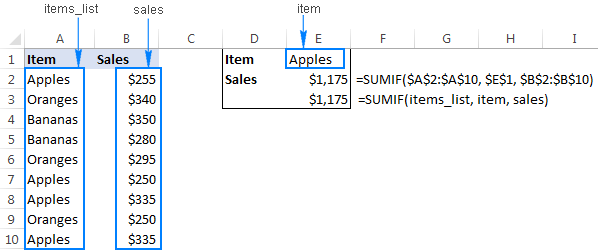



Excel Names And Named Ranges How To Define And Use In Formulas Ablebits Com




How To Create And Use Excel Named Ranges
This is called a structured reference formula, which is unique to Excel tables The structured reference format is what allows the table to use the same formula for each row A regular Excel formula for this would be =SUM (B2C2), which you would then need to copy or fill down to the rest of the cells in your columnExcel names the cells based on the labels in the range you designated Use names in formulas Select a cell and enter a formula Place the cursor where you want to use the name in that formula Type the first letter of the name, and select the name from the list that appears Or, select Formulas >VLOOKUP Names Vlookup is the most commons function that is used in MS Excel activities We all have used Vlookup just to look up the values from the source table to the column or cell we want But we all have faced the problem when we need to select the range of the table




Absolute Structured References In Excel Tables Excel Campus



Can T Replace Table Name In Formula R Excel
If the tables are all on separate sheets, and the sheet names are the same as the table names, you could do something like this =LET(filename,CELL(filename,Table#Headers),RIGHT(filename,LEN(filename)FIND(,filename))) This will return the sheet name that the table is on, which will match the table nameStep 1 Select a cell in the pivot table Go to Analyze tab in the ribbon and select Fields, Items, &Table Name Highlight the table name and enter a new name




Highline Excel 13 Class Video 08 Excel Table Formula Nomenclature Structured References 22 Ex Youtube




Advanced Excel Formulas 10 Formulas You Must Know
If you modify a defined name or table name, all uses of that name in the workbook are also changed On the Formulas tab, in the Defined Names group, click Name Manager In the Name Manager dialog box, doubleclick the name you want to edit, or, click the name that you want to change, and then click EditIf all tables were named by original table name such as Table1, Table2, you can try to list all these table names in the Formula Bar 1 Enter formula =ROW (T into the Formula Bar, then all table names are listed in the list box as below screenshot shown Note Table names which have been modified won't be listed out with this methodOptions in Excel Click the Formulas option on the left side menu In the Working with Formulas section, uncheck the box that says "Use table names in formulas" Press OK




Excel Formula Sumifs With Excel Table Exceljet
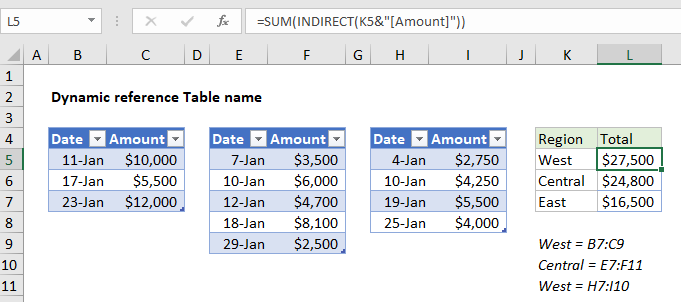



How To Create Dynamic Reference Table Name In Excel November 16 21 Excel Office
Table Names Give a table a name to make it easier to reference in other formulas Cleaner Formulas Excel Formulas are much easier to read and write when working in tables Auto Expand Add a new row or column to your data, and the Excel table automatically updates to include the new cells Filters &To create a name in Excel, select all the cells you want to include, and then either go to the Formulas tab >Go to the Formulas tab >




How To Table Names In Excel Update November 21 Microsoft Excel Tips Excel Semi Pro
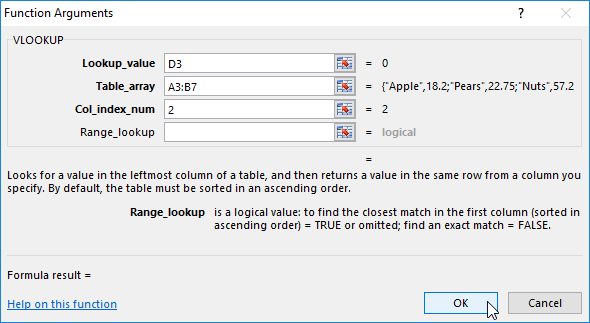



How To Use The Vlookup Function In Two Tables Excel
Names defined name for a cell range, constant, table, or function, for example =SUM(my_name) Functions predefined formulas in Excel that perform calculations using the values supplied in their arguments Operators special symbols that specify the type of operation or calculation to be performed Operators in Excel worksheet formulasOverview of Count Names in Excel COUNT is an inbuilt function in MS Excel which will count the number of cells that contain the numbers in the cell It comes under the statistical function category, and it is used to return an integer asTable Name On a Mac, go to the Table tab >
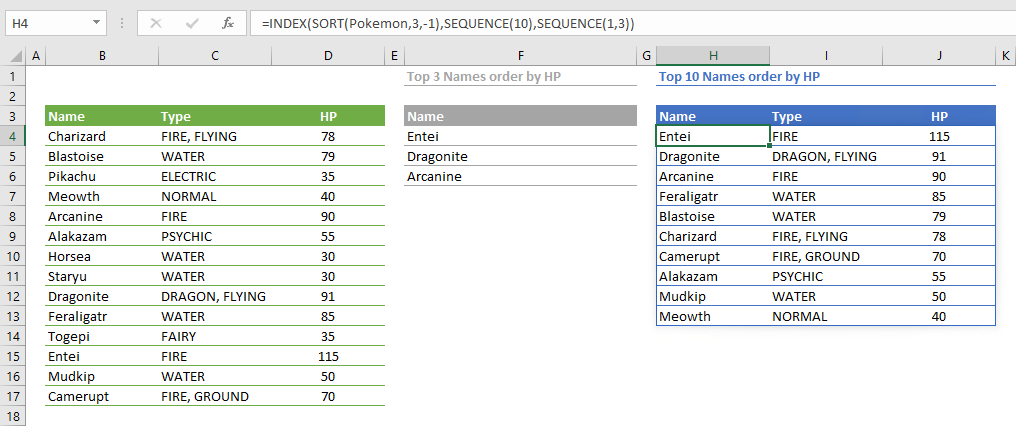



How To Get Top Values From A List Or A Table In Excel




How To Create An Excel Summary Table Using Unique And Sumifs
To build a formula with a dynamic reference to an Excel Table name, you can use the INDIRECT function with concatenation as needed In the example shown, the formula in L5 is = SUM(INDIRECT( K5 &Reference the current sheet tab name in cell with formula Please do as follow to reference the active sheet tab name in a specific cell in Excel 1 Select a blank cell, copy and paste the formula =MID (CELL (filename,A1),FIND (,CELL (filename,A1))1,255) into the Formula Bar, and the press the Enter key See screenshotSay that I have the following formula =SUM (Planning Costs) This makes the sum of the column Costs in the table named Planning I have created a new table called Planning2 I now want to use that same formula but I want it to us Planning2 Requested result =SUM (Planning2 Costs)




Using A Table Name Prefix For Productivity



1
Excel allows your formula to refer to tables and columns by name if you Format as Table Here is an article titled Using structured references with Excel tables that goes into detail FWIW, it looks like this feature has been available since Excel 07 Here is a screenshot of an example
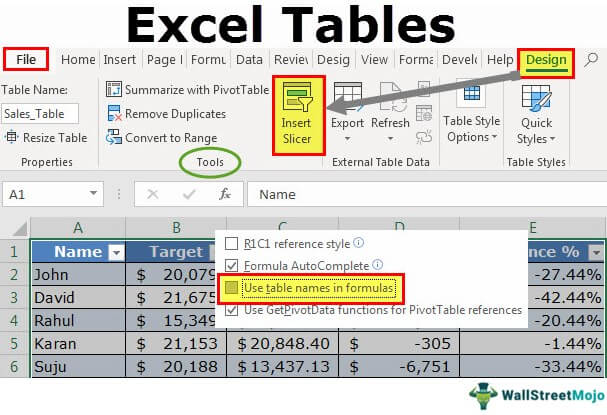



Tables In Excel Step By Step Guide To Creating An Excel Table




Rename An Excel Table




Tables In Excel Vba Explained With Examples
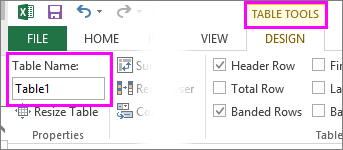



Can I Change A Table Name



How To Turn Off Structured References In Excel Table Formulas Excel Campus
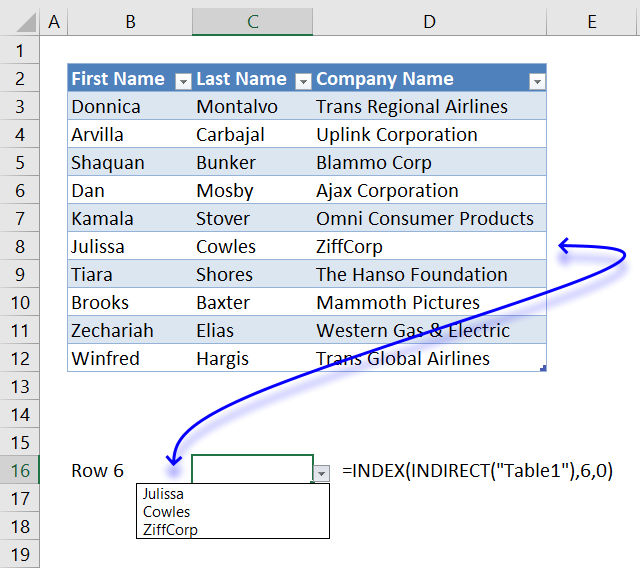



How To Use An Excel Table Name In Data Validation Lists And Conditional Formatting Formulas



How Do Excel Tables Remember Formulas Excel And Access




How To Correct A Name Error
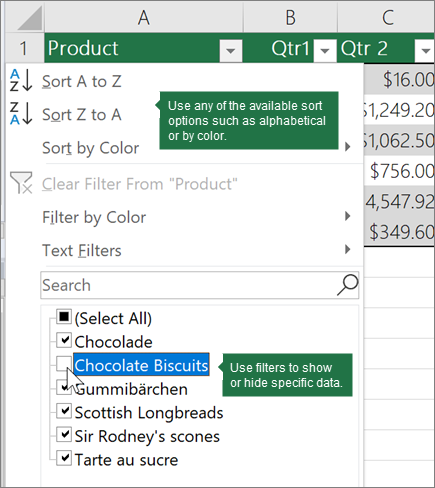



Overview Of Excel Tables




Excel Formula Symbols Cheat Sheet 13 Cool Tips Exceldemy




Excel Tables Exceljet




Dynamically Refer To Table Name In Excel Vlookup Formula Stack Overflow




Excel Formula Dynamic Reference Table Name Exceljet
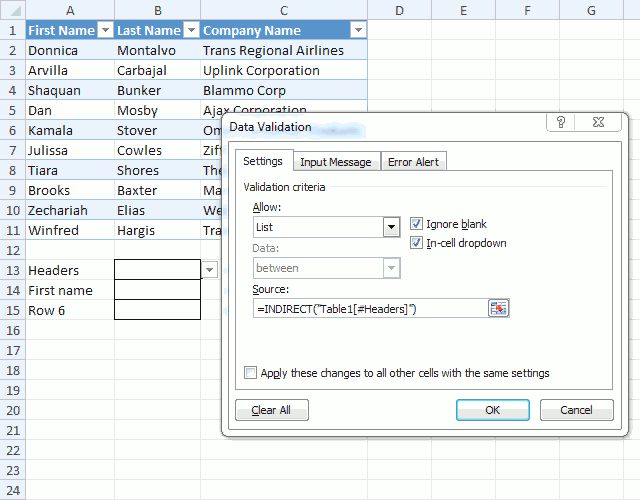



How To Use An Excel Table Name In Data Validation Lists And Conditional Formatting Formulas




How To Make Use Tables In Microsoft Excel Like A Pro
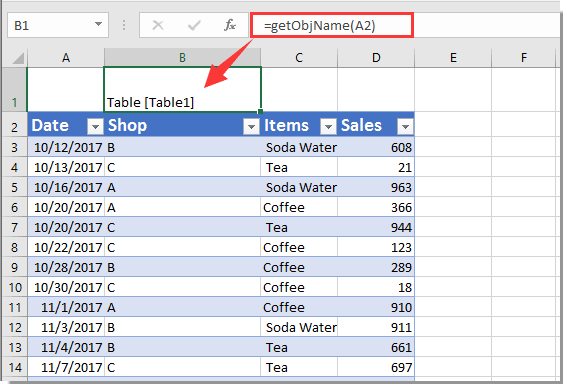



How To Display Table Or Pivot Table Name In A Cell In Excel
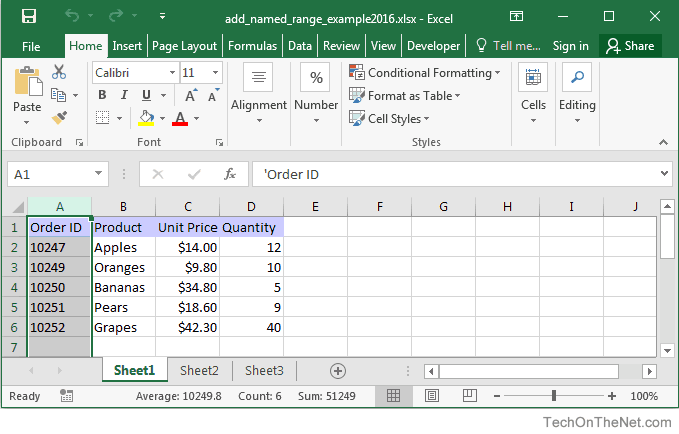



Ms Excel 16 Add A Named Range




Microsoft Excel Create An Automated List Of Worksheet Names Journal Of Accountancy




Structured References In Excel Tables In Easy Steps



Naming Table Columns Daily Dose Of Excel
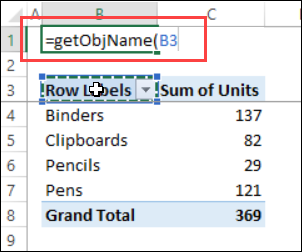



How To Show Excel Table Name On The Sheet Contextures Blog




Excel Tables Exceljet




Excel Formula Archives Page 6 Of 70 Geek Excel Become An Excel Geek




How To Create Excel Tables And Fix Excel Table Problems




Clearing Excel Tables Rad Excel
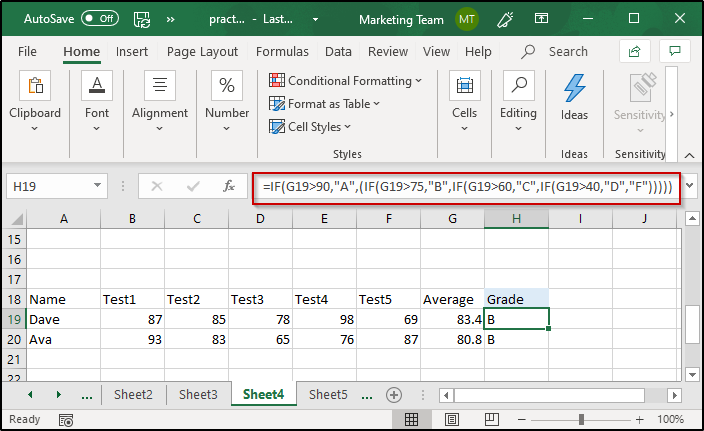



Basic Excel Formulas And Functions With Examples Edureka



1




Excel 13 Dynamically Reference Table By Table Name Super User




How To Create A Table And Name The Table In Excel
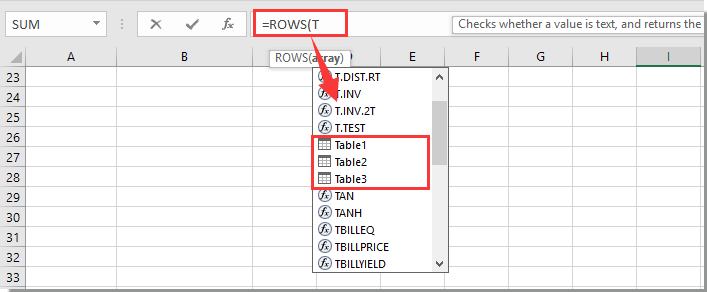



How To List All Table Names In Excel
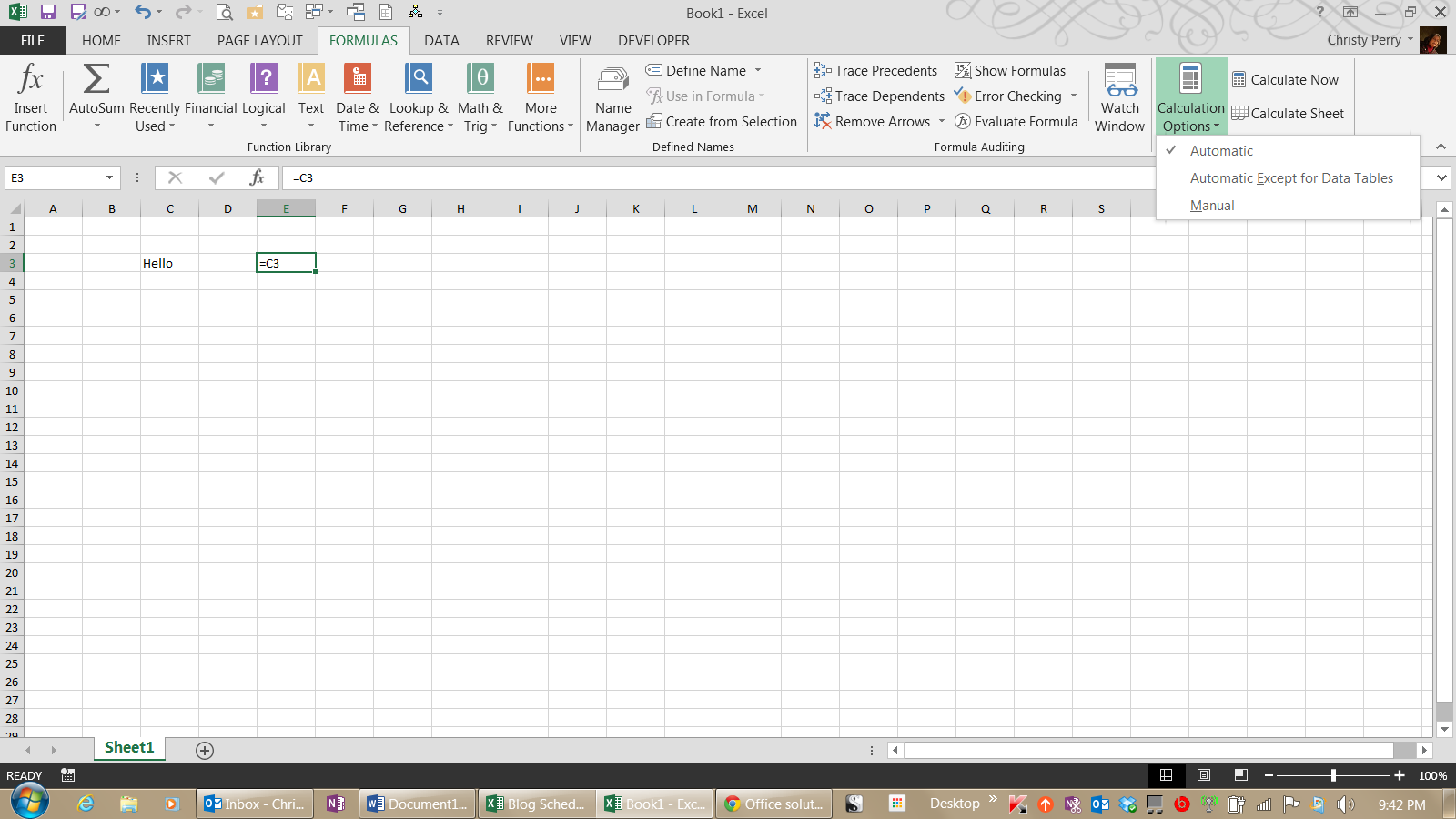



Why Is Your Excel Formula Not Calculating Pryor Learning Solutions




How To Create And Manage Excel Table Excelnumber



Use The Column Header To Retrieve Values From An Excel Table Excel University




Microsoft Excel Create An Automated List Of Worksheet Names Journal Of Accountancy
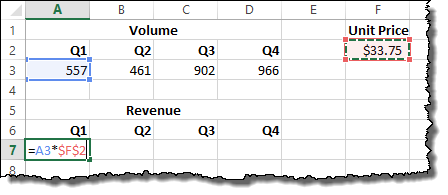



How To Lock Cell Formula References In Excel When Using Data Tables
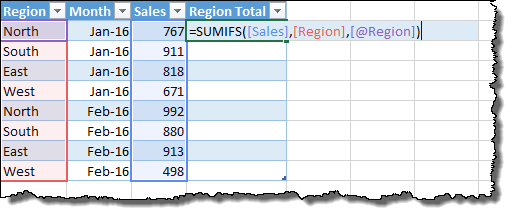



How To Lock Cell Formula References In Excel When Using Data Tables
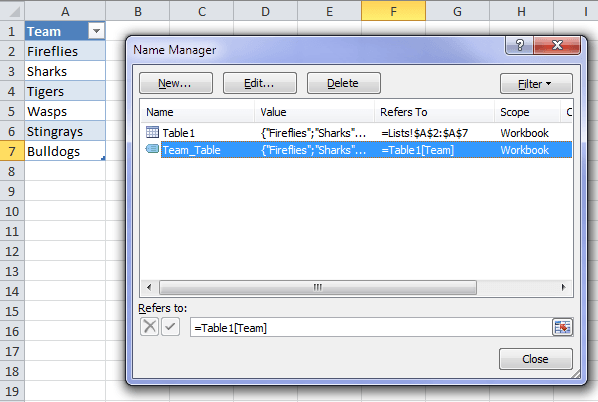



Excel Tables As Source For Data Validation Lists My Online Training Hub




Convert Your Excel Pivottable To A Formula Based Report Journal Of Accountancy




Manage Cell And Table Names In Excel Site Name




Vlookup Function
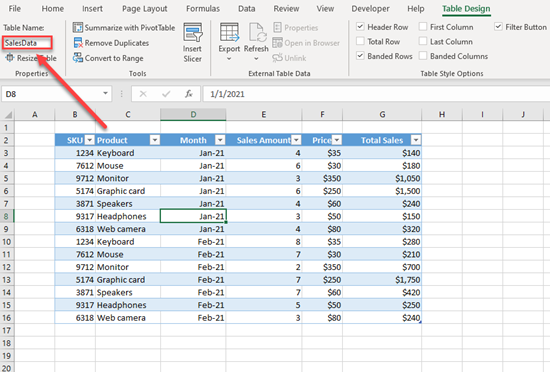



How To Rename A Table In Excel Google Sheets Automate Excel




Microsoft Excel Create An Automated List Of Worksheet Names Journal Of Accountancy
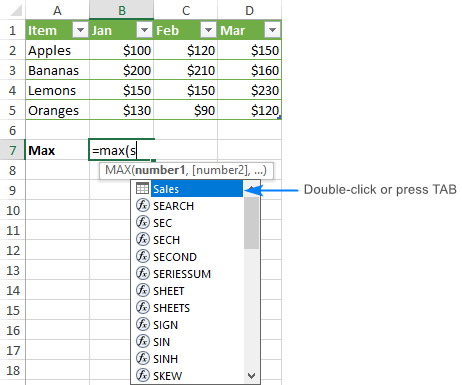



Structured References In Excel Tables
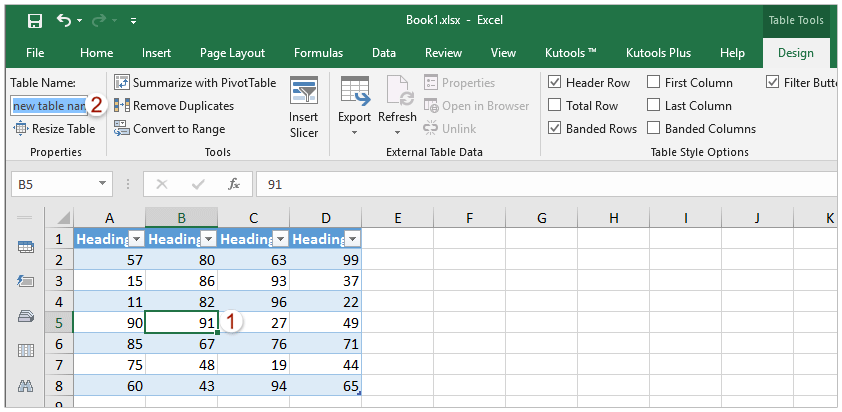



How To Rename A Table In Excel




Structured References In Excel Tables
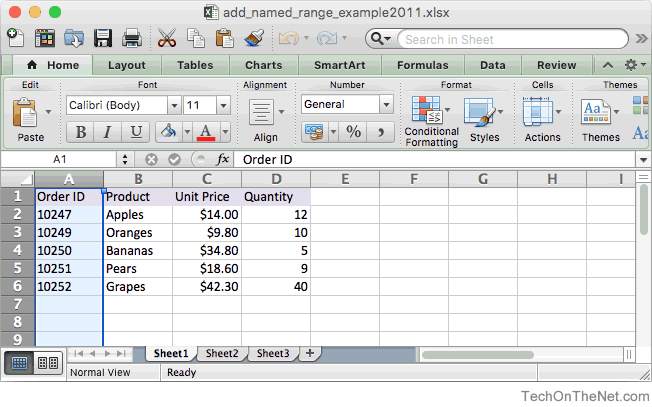



Ms Excel 11 For Mac Add A Named Range




Pin By Barry Baldry On Microsoft Excel In 21 Microsoft Excel Formulas Microsoft Excel Excel Formula
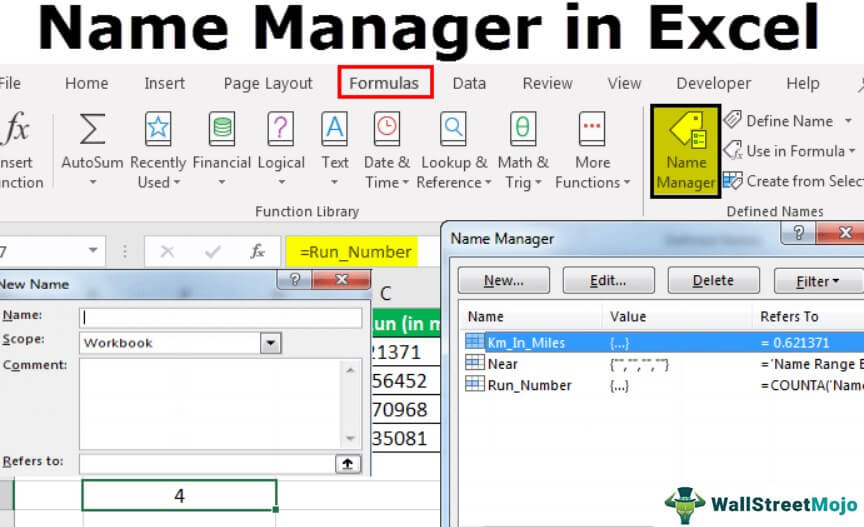



Name Manager In Excel How To Create Use Manage Names In Excel




Excel Lookup Formulas With Multiple Criteria Microsoft 365 Blog



1




Lookup Table In Excel Top 3 Methods To Create Lookup Table In Excel
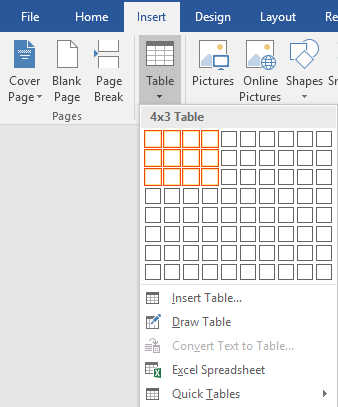



How To Create And Use Formulas In Tables In Word
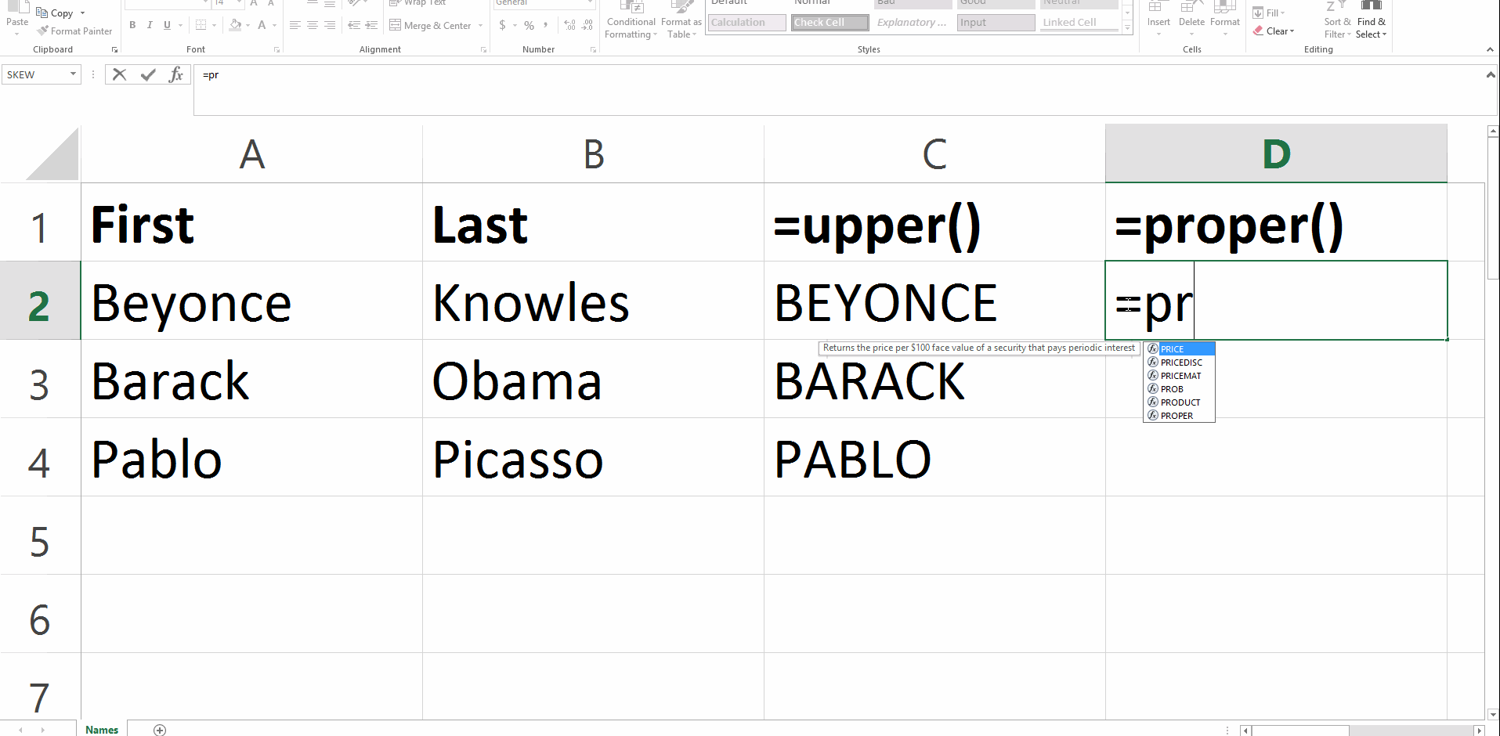



Shortcuts For Formatting Peoples Names In Your Excel Spreadsheets Depict Data Studio




Excel 16 Reference Specific Row In Table Stack Overflow
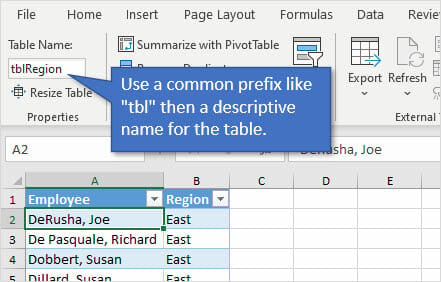



Best Practices For Naming Excel Tables Excel Campus
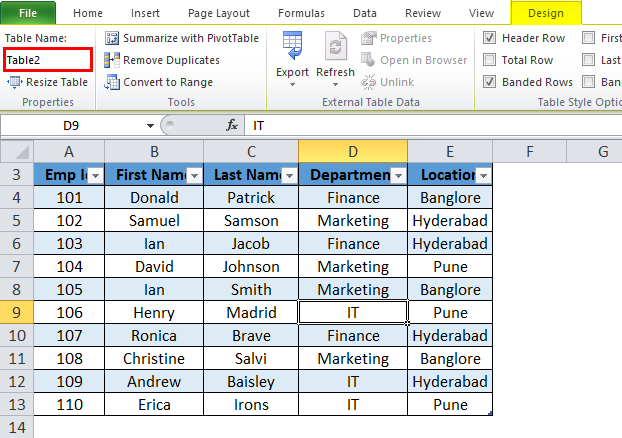



Tables In Excel Uses Examples How To Create Excel Table
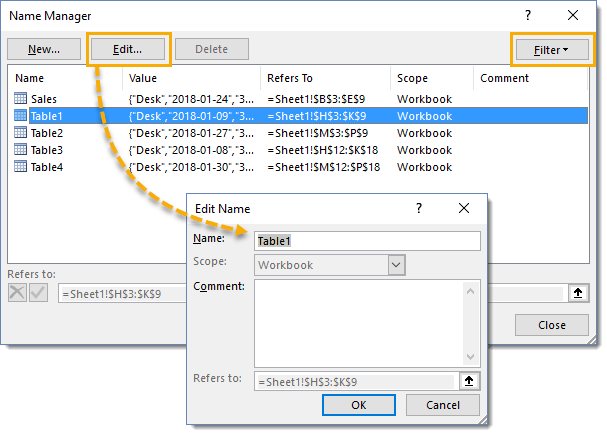



Everything You Need To Know About Excel Tables How To Excel
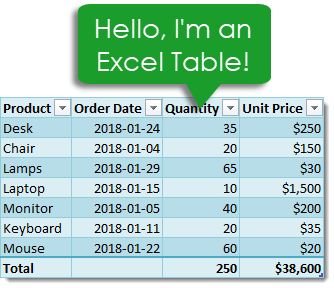



Everything You Need To Know About Excel Tables How To Excel




Excel Tutorial How To Name Excel Tables For Beginners Excel 16 Tutorial Excel 13 Tutorial Youtube
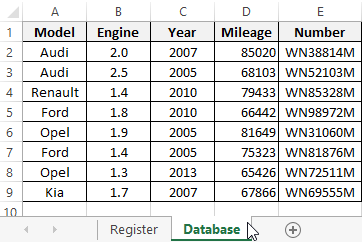



Autocomplete Of The Cells In Excel From Another Data Table




Excel Formula Get Column Name From Index In Table Exceljet




Excel Formula Get Column Index In Excel Table Excelchat




Rename An Excel Table




Use The Name Manager In Excel
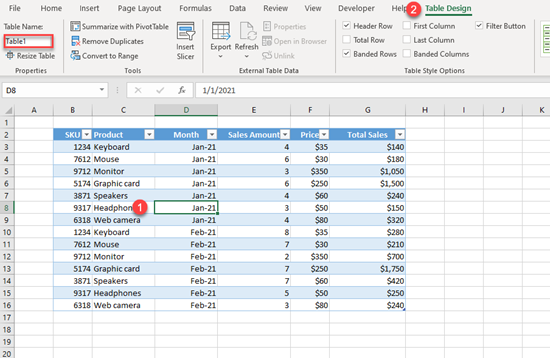



How To Rename A Table In Excel Google Sheets Automate Excel




How To Make Use Tables In Microsoft Excel Like A Pro
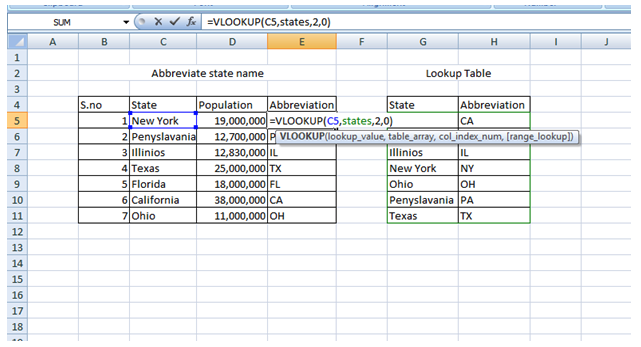



Excel Formula Abbreviate State Names Use Vlookup Function




Excel Tables As Source For Data Validation Lists My Online Training Hub
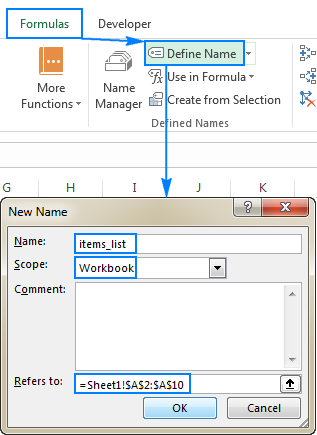



Excel Names And Named Ranges How To Define And Use In Formulas Ablebits Com



3
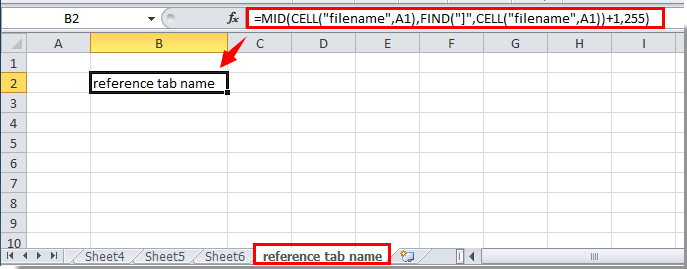



How To Reference Tab Name In Cell In Excel
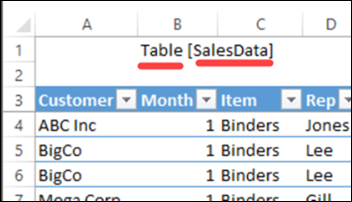



How To Show Excel Table Name On The Sheet Contextures Blog
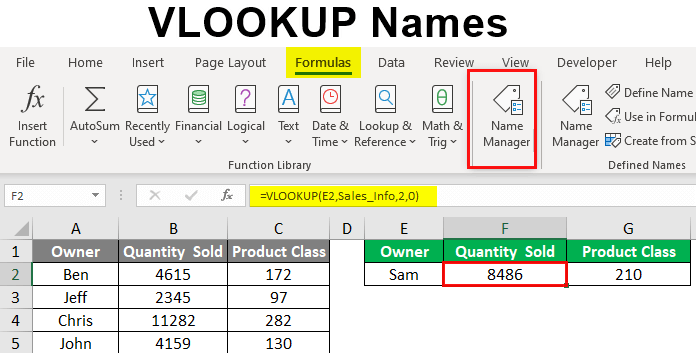



Vlookup Names How To Use Vlookup Names With Examples
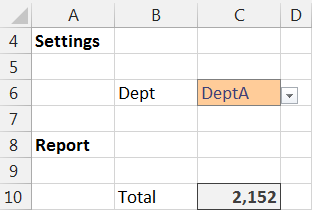



Referring To Tables Indirectly Excel University
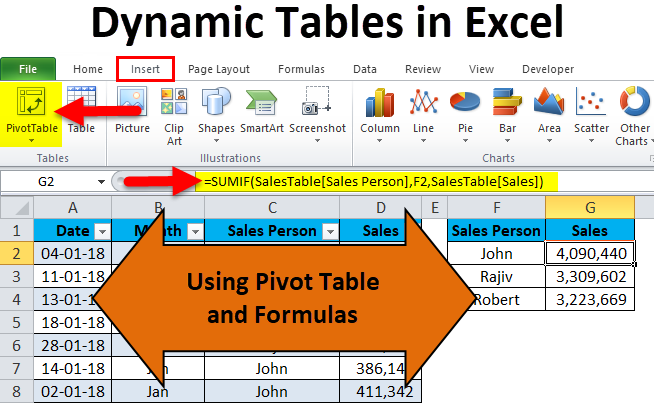



Dynamic Tables In Excel Using Pivot Table And Formulas
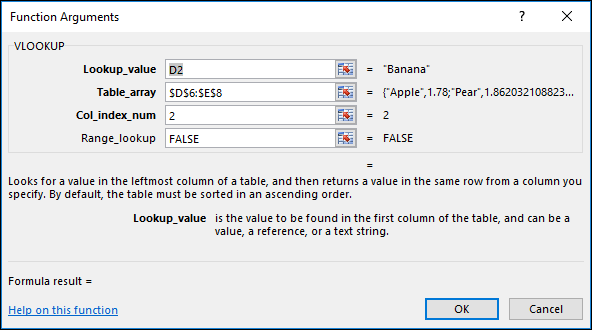



How To Correct A Name Error


